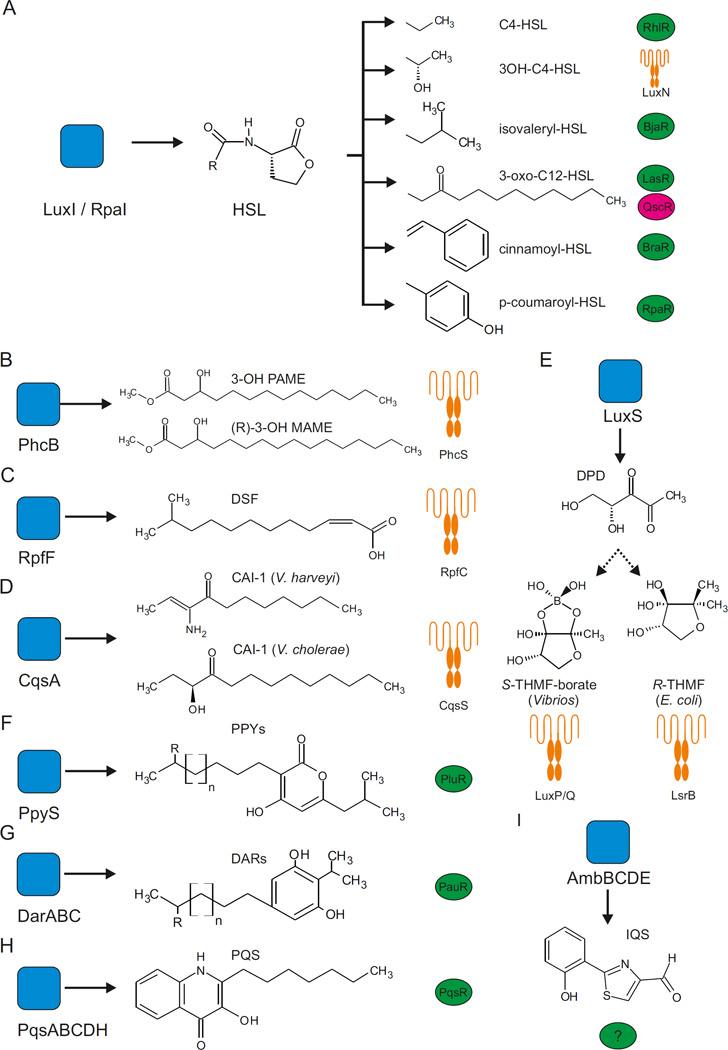Figure 1. Quorum sensing synthases, autoinducers and receptors.
This figure shows the structures of various autoinducers together with their corresponding synthases (blue) and receptors (transcription factors are shown as green and pink ovals and transmembrane receptors are shown as orange schematics). a | Homoserine lactone (HSL) autoinducers that are produced by different Gram-negative bacteria. b | 3-hydroxypalmitic-acid-methyl-ester (3-OH PAME) and (R)-methyl-3-hydroxymyristate ((R)-3-OH MAME) are produced and detected by Ralstonia spp. c | Diffusible signal factor (DSF) is used for quorum sensing in Xanthomonas campestris. d | The CAI-1 autoinducer synthase (CqsA) and the CqsS receptor system produces and recognizes various cholera autoinducer 1 (CAI-1) molecules. The Vibrio harveyi and Vibrio cholerae CAI-1 molecules are shown. e | 4,5-dihydroxy-2,3-pentanedione (DPD) is synthesized by all LuxS enzymes and is thus the universal precursor to the widespread family of quorum sensing autoinducers that are collectively designated as autoinducer 2 (AI-2). In the presence of boron, AI-2 forms (2S,4S)-2-methyl-2,3,3,4-tetrahydroxytetrahydrofuran-borate (S-THMF-borate), the active autoinducer in Vibrio spp. In the absence of boron, AI-2 exists as (2R,4S)-2-methyl-2,3,3,4-tetrahydroxytetrahydrofuran (R-THMF), the active autoinducer in enteric bacteria. The LuxPQ and LsrB receptor schematics shown are meant to designate that autoinducer recognition occurs in the periplasm, not the cytoplasm. LuxP and LsrB are homologues of ribose binding proteins. LuxP functions in conjunction with the two-component sensor kinase protein LuxQ and LsrB functions together with a membrane-spanning ATP binding cassette (ABC) transporter complex. f | 2-(2-hydroxyphenyl)-thiazole-4-carbaldehyde (IQS) is produced by Pseudomonas aeruginosa. The IQS receptor is currently unknown. g | The 2-heptyl-3-hydroxy-4-quinolone (PQS) system is one of several quorum sensing systems in P. aeruginosa. h | Photorhabdus asymbiotica uses dialkylresorcinols (DARs) for cell–cell communication. i | PpyS of Photorhabdus luminescens produces several photopyrones, which are sensed by the PluR transcriptional regulator. E. coli, Escherichia coli; RpaI, 4-coumaroyl-homoserine lactone synthase.

